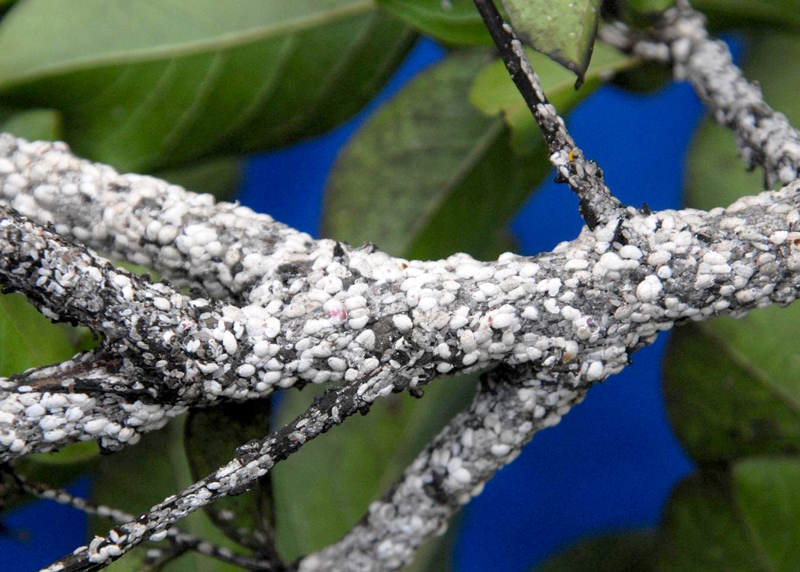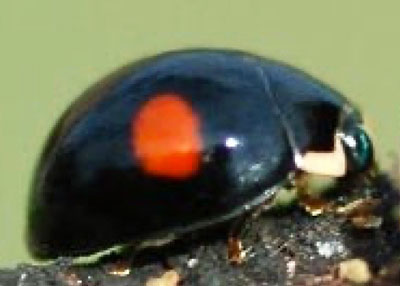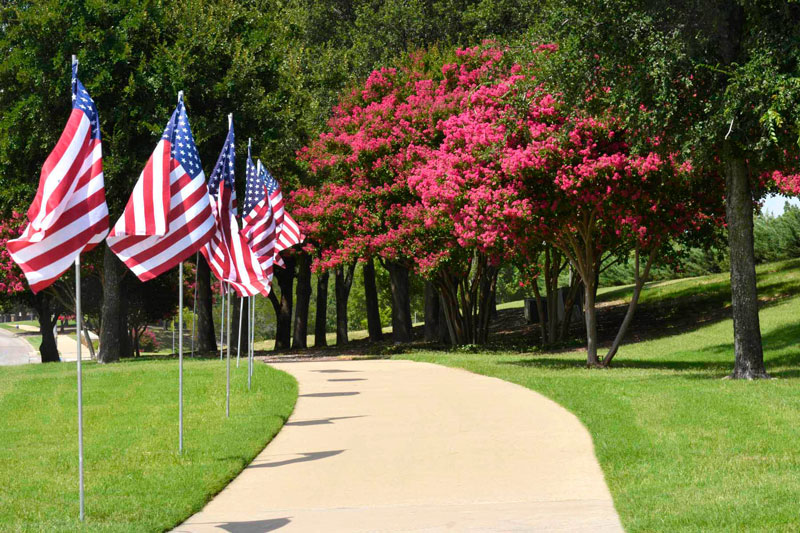Time is here to control crape myrtle bark scale
This ugly pest has come of legal age here in the United States. First reported in Richardson, Texas, in 2004, it now has spread across the South and up the East Coast in those 21 years.
Rather than write a dissertation on the insect, I’m going to put what I’ve learned in those years in bullet form to make it easier to read.

Crape myrtle bark scale
Scientific name:
Acanthococcus lagerstroemia
First observed: Brought by a home gardener to Calloway’s Nursery in Richardson TX Sept. 2004. Calloway’s manager called me. I contacted Dr. Mike Merchant, entomologist with Texas A&M AgriLife Extension in Dallas.
Initial thoughts: Considered possibly to be a mutation of an azalea bark scale already present in the United States.
Identity confirmed: After scale insect specialists at the University of Florida and the Smithsonian struggled to determine its species (scales are not easily identified), a team of horticulturists visiting China observed it to be heavily infesting crape myrtles in that country.
Early research: Dr. Mike Merchant (entomologist, Texas AgriLife Extension Service, now retired) did exhaustive research to find that most conventional insecticides, including horticultural oils yielded poor controls.
Subsequent research and current recommendation: Soil drench application of Imidicloprid made around May 15 gives the best prevention for that year’s population. It also helps to use warm, soapy water and soft sponges to remove as much of the loose bark as can be washed off without damaging the trunks. The scale insects hide beneath the bark.
Spread of the scale across the South: For the first couple of years the scale was confined to northern Dallas and southern Collin Counties. I had no calls to my radio program or questions to my newspaper or magazine columns from any other areas. Gradually I began to have questions from Tarrant County (Fort Worth) and then East Texas. Then, a few years later, the pest started to appear all across the South in a huge wave.
How it is spread: The most obvious way is on living plants, nursery stock being the prime example. It also can be carried on the feet and wings of birds and by strong winds.

The most obnoxious part: As if the scales themselves weren’t nasty enough, they secrete a sticky residue that coats all surfaces below – leaves, stems, pavement, grass, and groundcovers. And that “honeydew” residue is the perfect substrate to host black sooty mold, an unsightly fungus that covers all those surfaces with a flat black, felt-like coating.
How damaging is all this? Crape myrtle bark scale and sooty mold will not kill a crape myrtle that was healthy when all this began. But they will reduce the flower production and make the plant ugly enough that you might want to remove it. Don’t do that right away, however.
Control is relatively easy. It takes only a few minutes to apply the soil drench, and usually one treatment per year will do the job. The blackened bark will slough off as the trunk enlarges over ensuing months.

Populations may suddenly subside. We noticed in The Crape Myrtle Trails of McKinney, following the one really bad year of CMBS (2007), that following years saw a small percentage of the pests. A particular species of lady bugs moved in – one with black wings with two orange-red spots. It was identified as the twice-stabbed lady bird beetle, and it ate the scale insects like powerful vacuum cleaners. Actually its larvae did the feeding. They look completely different from the adults. Learn to recognize them, and if they show up for work, leave them alone. They’re your best friends.
What universities have to say…
In my Web search this week I was pleased to see so many great reports from southern ag schools. As this pest has spread, so has the good information about it. Here are links to the best of the websites.
Oklahoma State University
(Note: publication date is 2017)
University of Florida
(Note: Florida was one of the last southern states to see this pest. This publication dated 2021 has limited information.)
Clemson (South Carolina)
(Note: with a map of all counties where scale has been observed)
North Carolina State University


You may have wondered about the spelling of this plant’s common name…
When we formed our not-for-profit foundation to support the various species of Lagerstroemias in the city of McKinney, we were faced with the decision of whether to spell the plant’s common name:
A. crape myrtle,
B. crapemyrtle,
C. crepe myrtle, or
D. crepemyrtle.
A case could be made for all.
The most frequent spelling for the ruffled paper or breakfast treat is “crepe.” This plant’s petals are crinkled in a similar manner. That would give credibility to either of those spellings, one word or two, using “crepe.”
The accepted practice in botany is that if a plant isn’t a true member of a group, then its two words should be run together. This plant is in genus Lagerstroemia. True myrtles are in genus Myrica. A plant that isn’t a true myrtle would have its name run together, so that would imply the use of a single-word name.
But when I called plant taxonomists in the Botany Departments at Texas A&M and SMU, they told me that there are no rules at all that apply to common names for plants. “You can call it ‘Henry’ if you want to,” one told me.
That’s why one single plant can have 5 or 10 common names, but only one scientific name. Maclura pomifera, then, can be called bois d’arc, hedge apple, hedge, osage orange, and untold other names, some of them profane by farmers and ranchers who run into their thorns.
So, my next step before recommending a name for trademarking our organization, was to see what the 20 most respected reference books chose to use. Aha. That told the tale. 17 out of 20 wrote it as “crape myrtle.” Two wrote it as “crapemyrtle.” And one chose to use “crepemyrtle.”
And there you have it.
